Integrated pest management (IPM) or integrated pest control is a commonly used word in the pest control process. It is an effective and environmentally sensitive broad-based approach to pest management. IPM aims to suppress pest populations below the economic injury level. This can be defined as an ecosystem-based strategy that focuses on the long-term prevention of pests or their damage through a combination of techniques such as biological control, habitat manipulation, modification of cultural practices, and the use of resistant varieties.
What is a pest? Pest is a destructive insect or other animals that attacks crops, food, livestock, etc. Any animal or plant that is harmful to humans and human concern are commonly categorized as pests. The type of pests and the severity of the problem determine the type of pest control method to use. pest control materials are selected and applied in a manner that minimizes risks to human health and the environment. So, it is always better to approach a pest control company to get appropriate service. New Star Pest control is one of the best options for you. It is a municipality-approved pest control company. They provide services across Dubai, Sharjah, and Ajman.
HOW DOES IPM WORK?
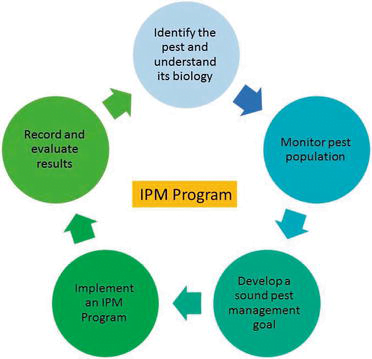
The main difference between using a simple pest control method and Integrated Pest Management is that it focuses on the long-term prevention of pests or their damage by managing the ecosystem. The first step in the Integrated Pest Management process is monitoring and identification of pests. The process of monitoring involves checking the field, landscape, forest, or building. Through this, we can identify the type of pests present, how many are there, and also what damage they cause. Correctly identifying the pest will help to understand the biology of the pest and the environmental factors surrounding it. This will help you to select the most effective management methods and the best time to use them.
Selecting a suitable pest management method is another important task. However, the most effective, long-term way to manage pests is by using a combination of different methods. the major approaches of integrated pest management are,
- Biological control
- Cultural control
- Mechanical and physical controls and also
- Chemical control
Biological control
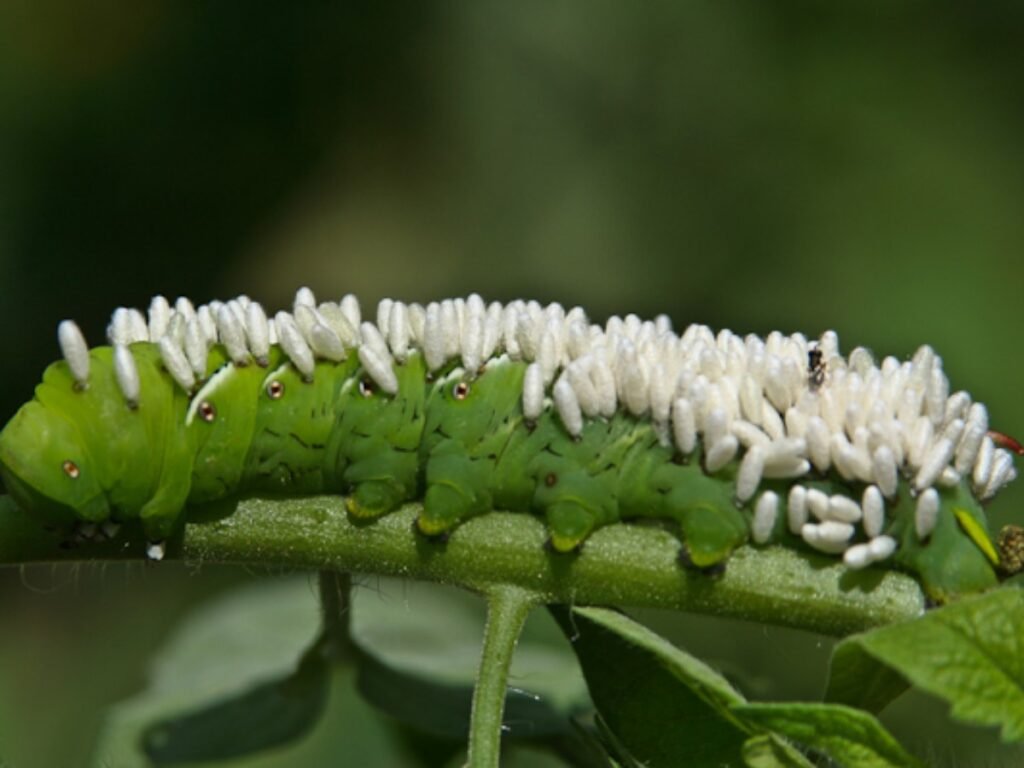
The method of biological control is the use of living organisms to suppress the pest population. Another name of this process is Biological control or Biocontrol. It is a type of integrated pest management. However, the methods and agents use are different for each type of pests. Natural enemies like predators, parasitoids, and also pathogens are mainly using in biological pest control methods.
Cultural control
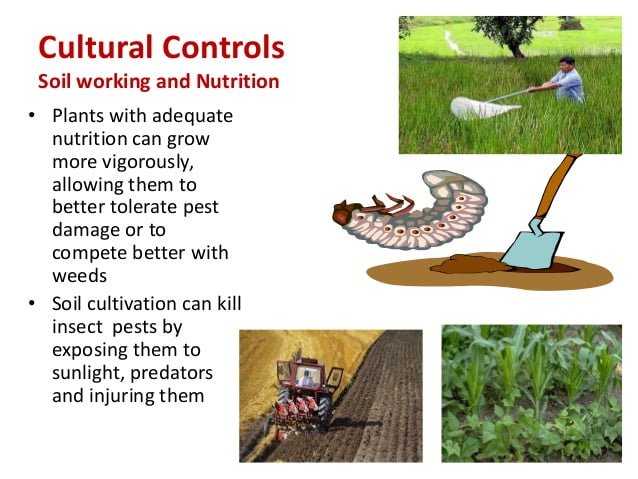
This is the manipulation of cultural practices for reducing or avoiding pest damage to crops. It is also defined as the control of insect pests through the adoption of ordinary farm practices at the appropriate times in such a way that insects are either eliminated or reduced in population.
Mechanical and Physical controls
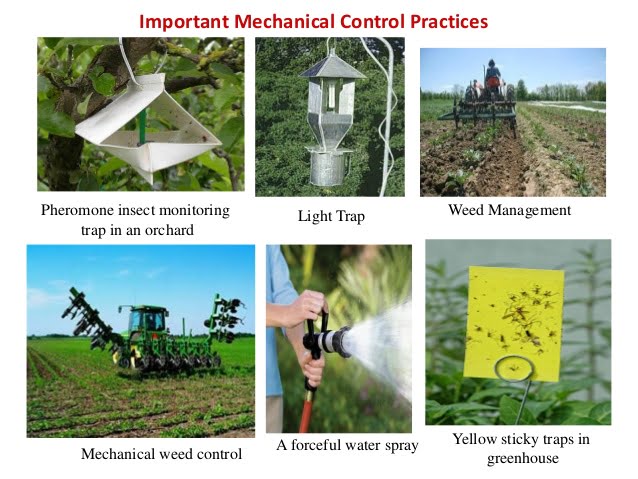
The modification of physical factors in the environment to minimize or prevent pest problems is the method of physical control. Therefore insect requires definite ranges of physical conditions and any departure from such ranges is lethal to the survival and other life activities of insects. Similarly, in mechanical pest control pests are non-chemical direct measures like hand-picking off insects, tilling to remove weeds, and trapping to catch insects or rodents. Mechanical barriers such as row covers or trenches also prevent insects from reaching the crop.
Chemical control
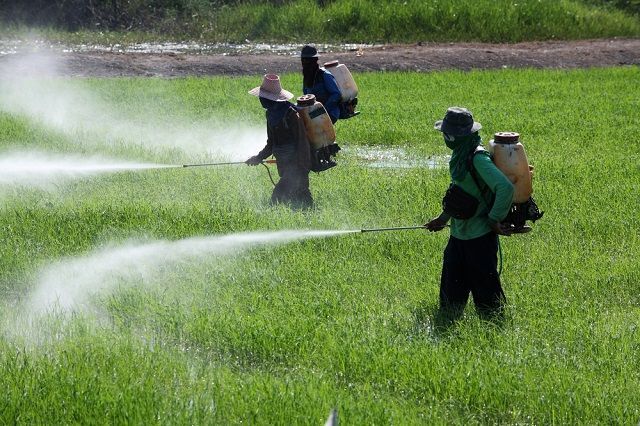
It is the control of pests using chemical pesticides. A pesticide is a chemical uses to prevent, destroy or repel pests. They combat pests and diseases occurring on our crops, livestock, and also our possessions. However, the different types of chemical pest control include the use of contact poison, systemic poison, and fumigants. Examples of chemical pesticides include insecticides to control insects, fungicides to control fungus diseases, miticides to control mites, herbicides to control weeds, rodenticides to control rodents, and also molluscicides to control mollusks.
BENEFITS OF IPM
The integrated pest management approach integrates preventive and corrective measures to keep pests from causing significant problems with minimum risks to humans. Similarly, the Integrated Pest Management program helps to reduce risks related to the use of pesticides and improve the quality, health, and welfare of the environment. Some of the benefits of an integrated approach are,
- Promote sound structure and healthy plants
- Reduce the potential for air and groundwater contamination
- Promotes sustainable bio-based pest management alternatives
- Protect non-target species through the reduced impact of pest management activities
- Reduces workers, tenants, and also public exposure to pesticides.
- Reduces or eliminates issues related to pesticide residue.
- Maintain or increase the cost-effectiveness of a pest management program
- Reduces the need for pesticides by using several pest management methods.
Also read

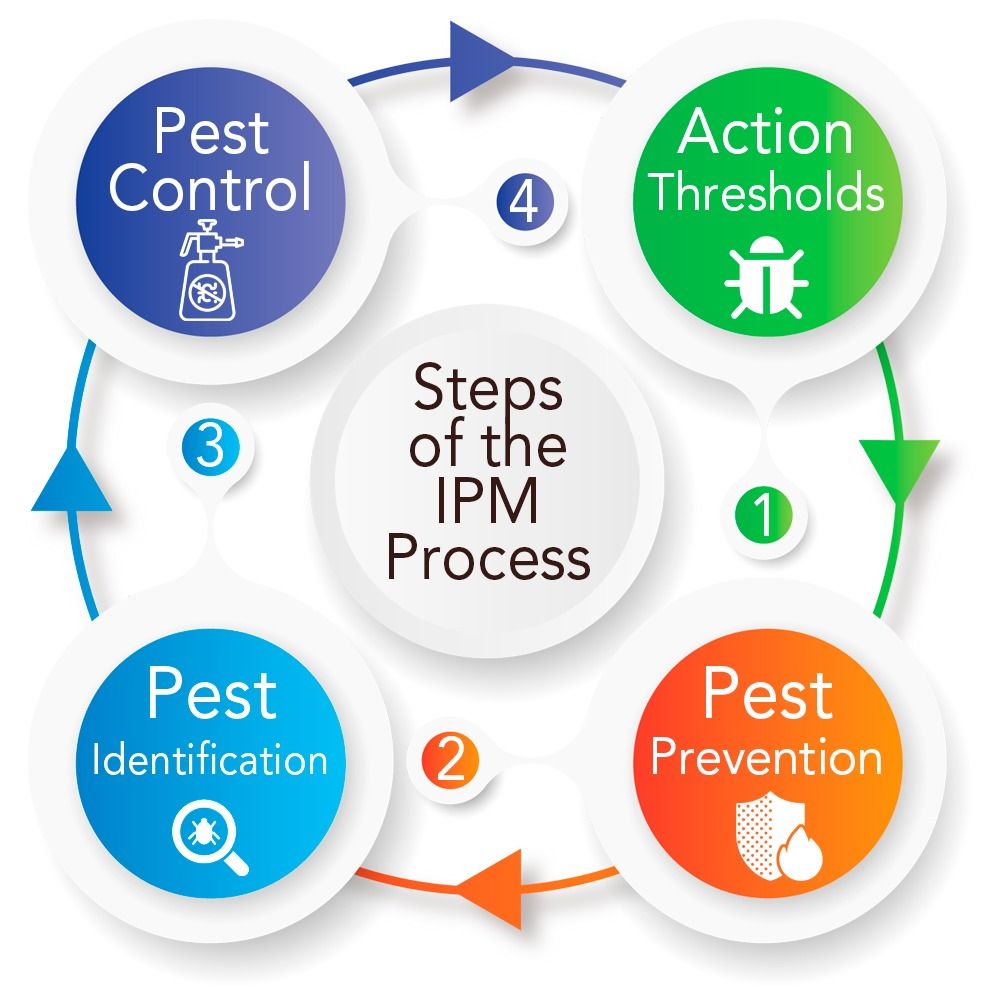
Pingback: The Importance of Pest Control in Food Safety - NewStar Pest Control
Pingback: How to Practice IPM? - Best pest control and Cleaning Services Company in Dubai, Ajman
Pingback: What Pest Control Is Safe For Pets? - The New Star Pest Control UAE